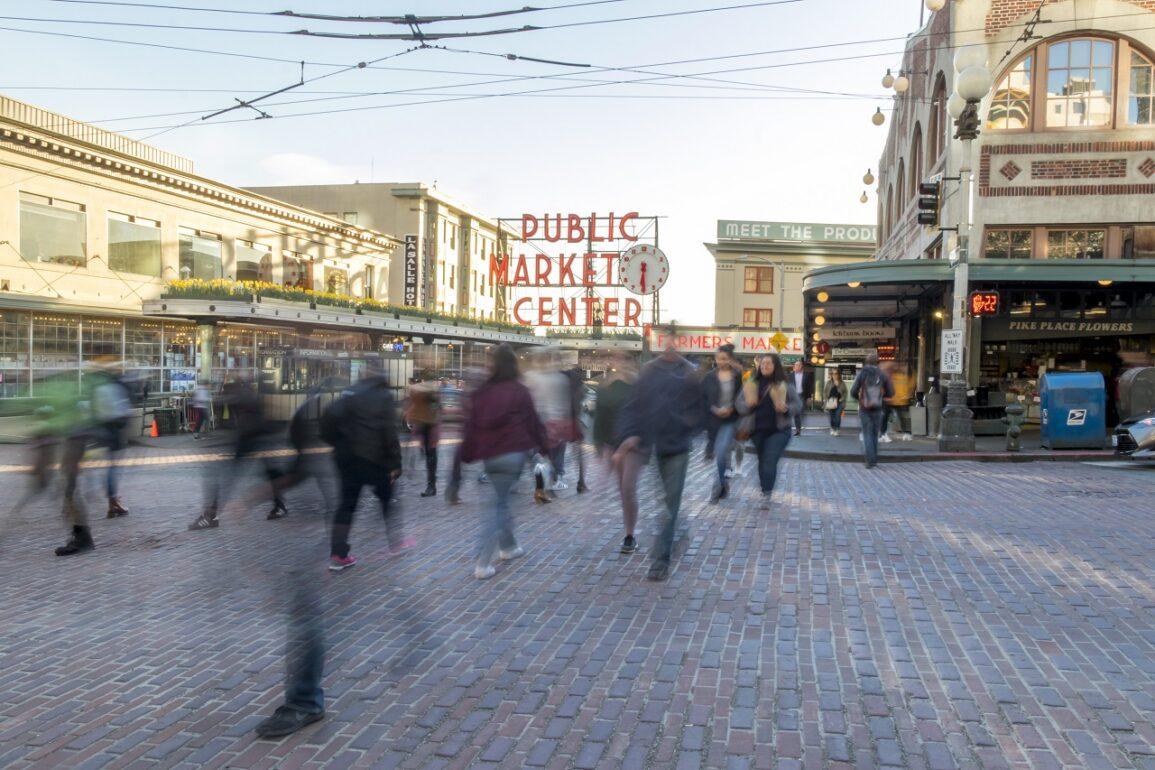Seattle has long been a bustling place to live. Between its strong academic and employment base, its proximity to major outdoor recreation and its trendsetting amenities, it’s no wonder that the city’s population has been steadily increasing for years. But for the first time in a century, Seattle’s population growth has outpaced that of the surrounding suburbs in King County.
Several factors may be at play when it comes to Seattle’s impressive population growth. In the 2010’s both Millennials and Boomers with empty nests were drawn to the urban appeal and walkability of the city. Amazon also moved its headquarters into the South Lake Union neighborhood in 2010, offering more job opportunities and joining the core of tech companies that have come to define the city’s business landscape.
Since 2010, Seattle has seen a population increase of 21%, while King County’s population has grown by a steady 16%. This reverses a century-long trend in which Seattle’s population growth was always secondary to the county’s. Even during the Great Depression, when Seattle’s population stagnated, the county saw double-digit growth.
The 2020 census data revealed that Seattle’s population grew by about 130,000, bringing the total population up to 737,000. Meanwhile, King County suburbs increased by about 210,000 residents, reaching a total county-wide population of 1.5 million. The largest growth in the suburbs occurred on the Eastside, where the population increased by about 18%, or 112,000 people. Snoqualmie Valley also saw a large increase of 16%.
Within Seattle itself, the largest population and housing gains were in Central Seattle — the area between the Lake Washington Ship Canal and I-90, including the city’s bustling downtown neighborhoods, Capitol Hill and the Central Area. The city saw an increase of 60,000 housing units since 2010, bringing the total up to 368,000 housing units — an increase of 19%. Central Seattle absorbed more than half of the increased housing stock, adding about 32,300 units, which is an increase of 30%.
Part of the reason Central Seattle absorbed so much of the new housing inventory is due to zoning regulations. That area of the city is zoned for more multifamily dwellings, while other neighborhoods typically have more single-family homes.
After Central Seattle, North Seattle saw the largest increase in housing stock, from 124,000 housing units in 2010 to 141,000 in 2020. The fastest growing neighborhoods in this area include the University District, Wallingford and Ballard. This part of the city is also the most populous, with 302,000 residents in the area.
This increase in housing units puts Seattle third in the nation when it comes to housing growth, only behind Denver and Austin, Texas. With the 2020’s already defined by the pandemic, the next decade of Seattle’s growth trajectory remains to be seen.
This article was originally posted on the Seattle Times by Gene Balk.




